Helicopter rotor blades are a vital component of the aircraft, responsible for generating lift and controlling the movement of the helicopter.
Attached to the rotor hub, these blades rotate around a central mast, producing the necessary lift to maintain the helicopter’s airborne state.
Contents
The design and construction of rotor blades are critical to the overall performance and safety of the helicopter.
Rotor blades come in various shapes and sizes, each designed for specific purposes and operating conditions.
A fundamental understanding of helicopter rotor blades is essential for anyone interested in flying or maintaining helicopters.
Rotor blades are typically constructed from composite materials such as fiberglass, carbon fiber, or aluminum.
These materials are selected for their strength, flexibility, and light weight, which are essential for withstanding the forces and stresses experienced during flight.
The shape and design of rotor blades are carefully engineered to maximize lift and minimize drag, enabling the helicopter to achieve efficient and stable flight.
The angle of the rotor blades, known as the pitch, can be adjusted to control the amount of lift generated and the direction of the helicopter’s movement.
Furthermore, rotor blades may feature various design elements such as airfoil shapes, twist, and taper to further optimize their performance.
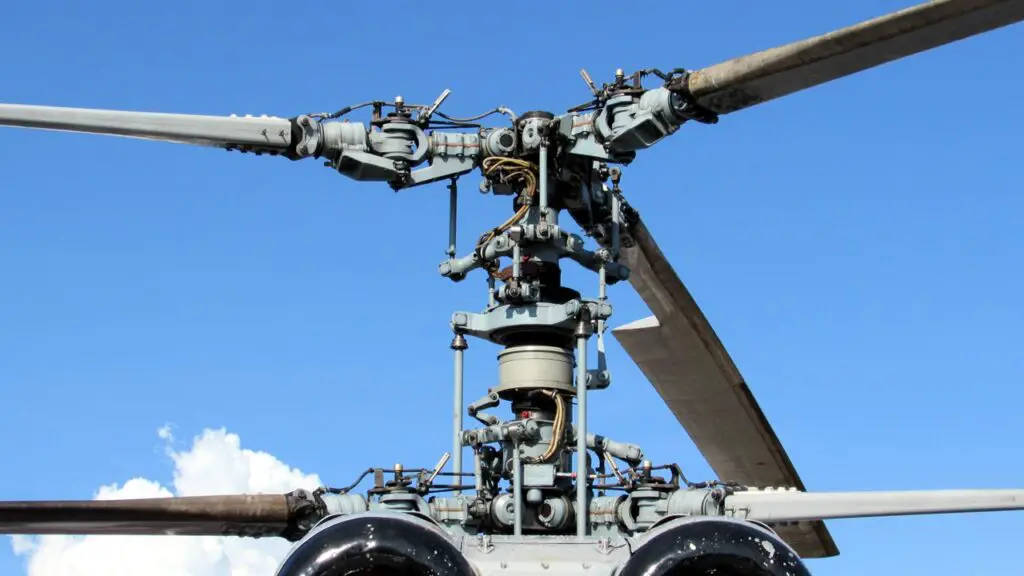
The Importance of Rotor Blades in Helicopter Flight
Lift and Control
In addition to lift, rotor blades also provide control over the helicopter’s movement by adjusting their pitch and angle of attack.
This allows the pilot to maneuver the helicopter in various directions, including forward, backward, sideways, and even hover in place.
Design and Maintenance
The design and construction of rotor blades are crucial to the overall performance and safety of the helicopter.
Any damage or wear to the rotor blades can significantly impact the aircraft’s ability to fly safely.
Regular inspection and maintenance of rotor blades are essential to ensure their structural integrity and aerodynamic performance.
Importance of Training and Understanding
Additionally, proper training and understanding of rotor blade operation are necessary for pilots and maintenance personnel to ensure safe and efficient helicopter operations.
Overall, rotor blades are a fundamental component of helicopter flight, and their importance cannot be overstated.
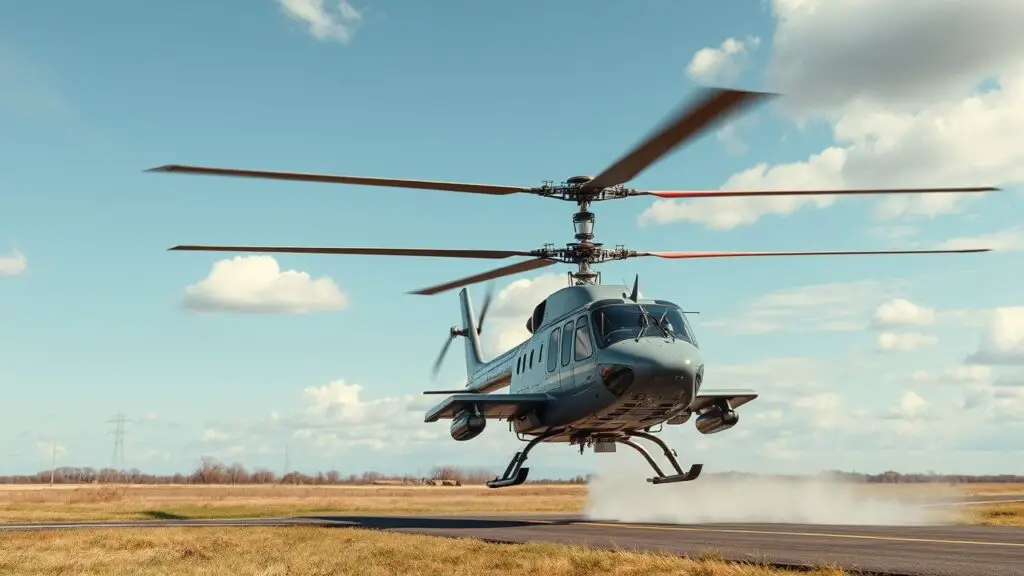
Components and Design of Helicopter Rotor Blades
Helicopter rotor blades consist of several key components that work together to generate lift and control the aircraft’s movement.
The main structural element of the rotor blade is the spar, which provides the necessary strength and stiffness to support the blade during flight.
The spar is typically made from composite materials such as carbon fiber or aluminum, chosen for their high strength-to-weight ratio.
Attached to the spar are the skin and leading edge of the rotor blade, which are designed to provide smooth airflow over the blade surface and minimize drag.
The design of rotor blades is carefully engineered to maximize lift and minimize drag, allowing for efficient and stable flight.
Rotor blades may have various features such as airfoil shapes, twist, and taper to optimize their performance.
The airfoil shape of the rotor blade is crucial for generating lift, as it creates a pressure difference between the top and bottom surfaces of the blade as it spins.
Additionally, rotor blades may have twist and taper along their length to ensure uniform lift distribution and minimize drag.
Overall, the components and design of helicopter rotor blades are essential for achieving safe and efficient flight operations.
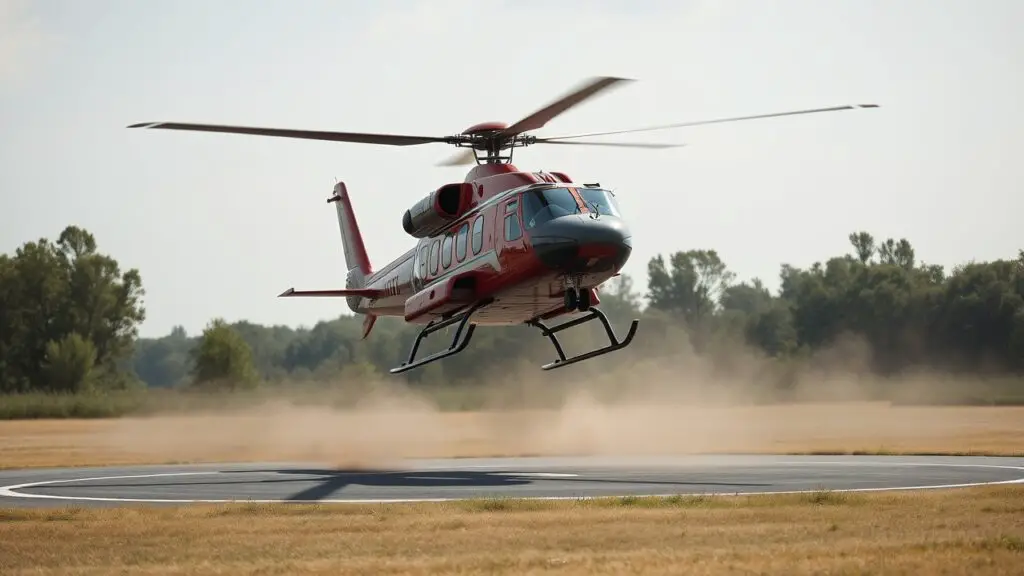
How Rotor Blades Generate Lift and Control Helicopter Movement
Rotor blades generate lift through a combination of aerodynamic principles and mechanical rotation.
As the rotor blades spin around the central mast, they create a pressure difference between the top and bottom surfaces of the blade.
This pressure difference results in lift, allowing the helicopter to overcome gravity and achieve flight.
The angle of attack of the rotor blades, known as pitch, can be adjusted to control the amount of lift generated.
By changing the pitch of the rotor blades, pilots can control the altitude and speed of the helicopter. In addition to generating lift, rotor blades also provide control over the helicopter’s movement.
By adjusting the pitch of individual rotor blades, pilots can maneuver the helicopter in various directions.
For example, increasing the pitch on one side of the rotor system will cause the helicopter to tilt in that direction, allowing for lateral movement.
Additionally, by adjusting the collective pitch of all rotor blades simultaneously, pilots can control the overall lift force generated by the helicopter.
This allows for vertical movement, including takeoff, landing, and hovering in place. Overall, rotor blades play a crucial role in generating lift and controlling helicopter movement during flight.
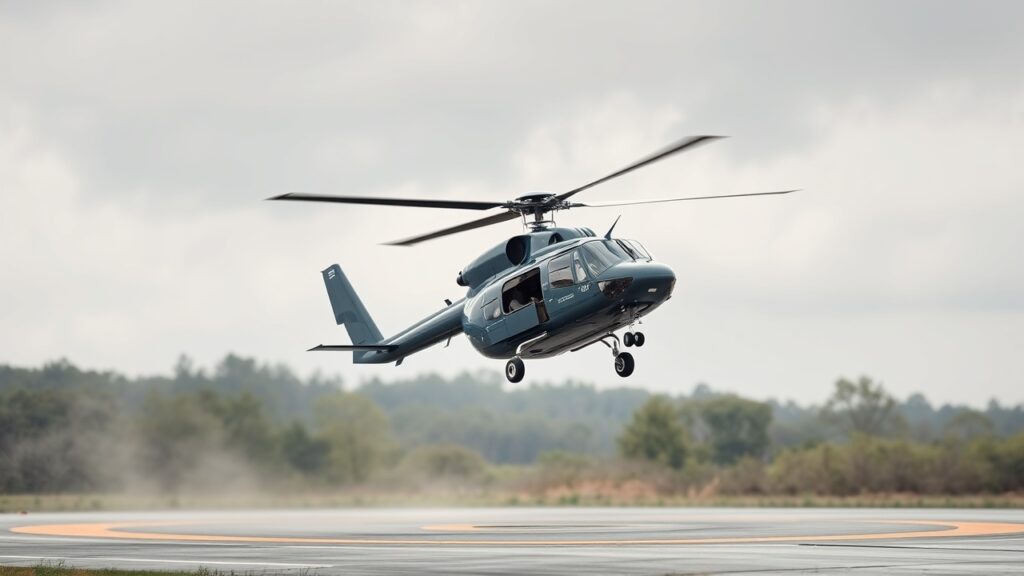
Maintenance and Safety Considerations for Rotor Blades
Proper maintenance and safety considerations for rotor blades are essential for ensuring safe and efficient helicopter operations.
Regular inspection and maintenance of rotor blades are necessary to ensure their structural integrity and aerodynamic performance.
Any damage or wear to the rotor blades can significantly impact the aircraft’s ability to fly safely.
Maintenance personnel should be trained to identify signs of wear or damage on rotor blades and take appropriate action to address any issues.
In addition to maintenance, safety considerations for rotor blades include proper training for pilots and maintenance personnel.
Pilots should be familiar with the operation of rotor blades and understand how to control them during flight.
Maintenance personnel should be trained in proper inspection techniques and maintenance procedures for rotor blades.
Additionally, safety protocols should be in place to ensure that only qualified personnel handle rotor blade maintenance and repairs.
Overall, maintenance and safety considerations for rotor blades are crucial for ensuring safe and efficient helicopter operations.
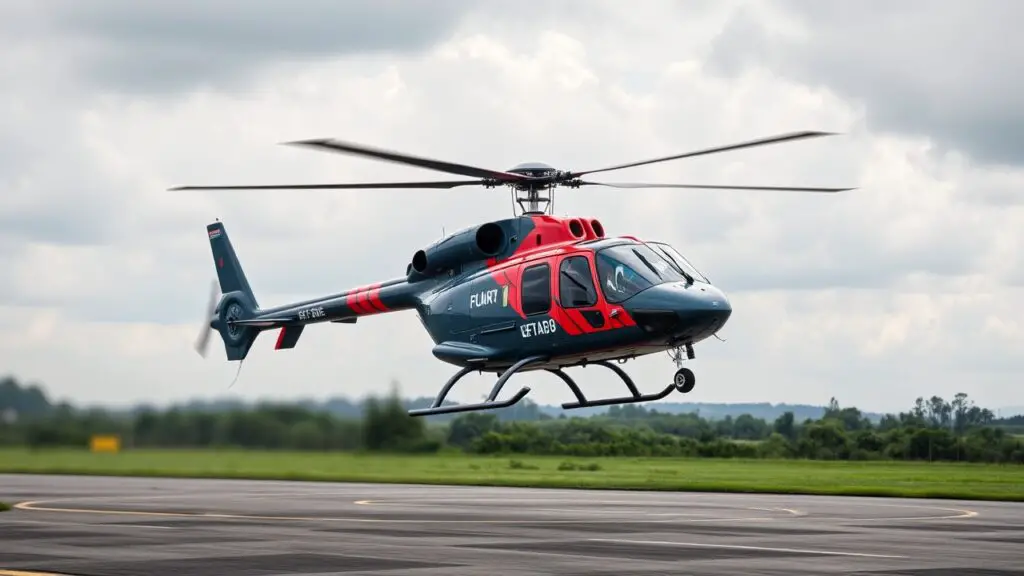
Different Types of Rotor Blades and Their Applications
Semi-Rigid Rotor System
One common type of rotor blade is the semi-rigid rotor system, which combines rigid and flexible components to provide stability and control during flight.
Fully Articulated Rotor System
Another type is the fully articulated rotor system, which uses a series of hinges to allow for greater flexibility and maneuverability.
Composite Rotor Blades
Some helicopters use composite rotor blades made from advanced materials such as carbon fiber or fiberglass to achieve high strength-to-weight ratios.
These blades are designed to meet specific performance requirements, such as heavy lifting or transport, or reconnaissance and surveillance.
Selection of Rotor Blades
Understanding the different types of rotor blades and their applications is essential for selecting the appropriate equipment for specific helicopter operations.
By choosing the right rotor blade, helicopter operators can ensure optimal performance, safety, and efficiency.
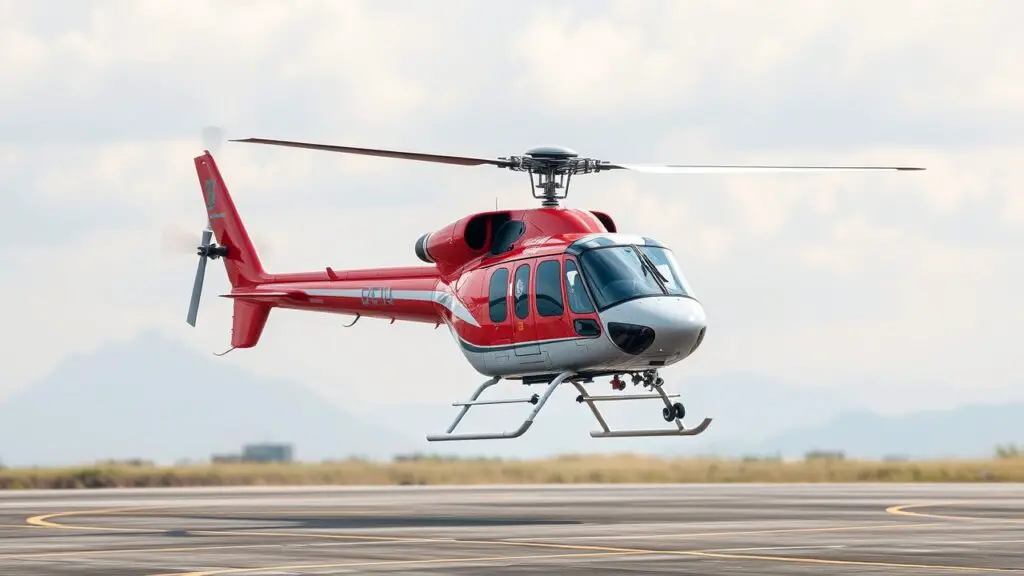
Tips for Beginners: Learning to Fly with Rotor Blades
For beginners learning to fly with rotor blades, it is essential to understand the basic principles of helicopter flight and how rotor blades operate.
Proper training from qualified instructors is crucial for learning how to control a helicopter using its rotor blades effectively.
Beginners should familiarize themselves with the operation of collective pitch controls, cyclic pitch controls, and anti-torque pedals used to control lift, direction, and stability during flight.
Additionally, beginners should practice basic maneuvers such as takeoff, landing, hovering, forward flight, backward flight, and sideways flight to develop their skills with rotor blade control.
It is important for beginners to start with simple maneuvers before progressing to more advanced techniques.
Understanding how to adjust pitch angles on individual rotor blades is also crucial for controlling altitude and speed during flight.
Overall, beginners learning to fly with rotor blades should focus on developing a solid understanding of helicopter operation and practicing basic maneuvers under the guidance of experienced instructors.
In conclusion, understanding the basics of helicopter rotor blades is essential for anyone interested in flying or maintaining helicopters.
Rotor blades play a critical role in generating lift and controlling helicopter movement during flight.
The design and construction of rotor blades are crucial for achieving safe and efficient flight operations.
Proper maintenance and safety considerations for rotor blades are essential for ensuring safe helicopter operations.
There are several different types of rotor blades used in helicopters, each designed for specific purposes and operating conditions.
For beginners learning to fly with rotor blades, it is important to understand basic principles of helicopter flight and practice under the guidance of experienced instructors.
Overall, rotor blades are a fundamental component of helicopter flight, and their importance cannot be overstated.
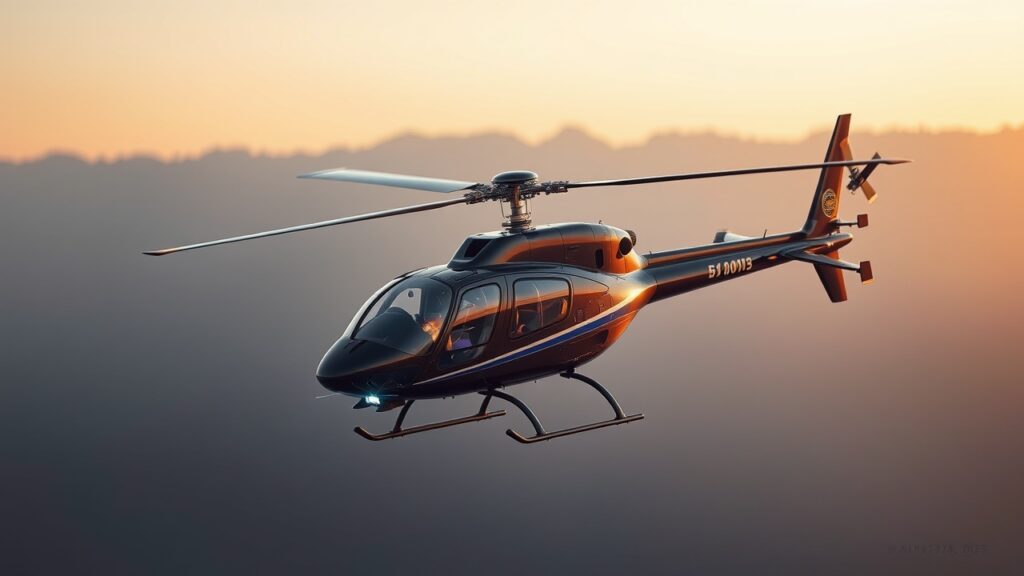
Conclusion
In conclusion, understanding the intricacies of helicopter rotor blades is essential for anyone interested in the field of aviation, particularly rotary-wing aircraft.
Helicopter rotor blades are not merely components; they are the lifeblood of the helicopter’s ability to achieve vertical flight, hover, and perform complex maneuvers.
These blades are meticulously designed and engineered to balance aerodynamic efficiency, structural integrity, and operational safety.
The Helicopter Rotor Blade Explain has delved into various aspects such as the types of rotor blades, their materials, aerodynamic principles, and the technological advancements that continue to shape their development.
From symmetrical to asymmetrical designs, composite materials to advanced aerodynamics, each element plays a crucial role in enhancing performance and reliability.
As we move forward, ongoing research and innovation promise to bring even more sophisticated rotor blade technologies.
These advancements will likely lead to quieter, more efficient, and safer helicopters that can meet the growing demands of both civilian and military applications.
In essence, Helicopter Rotor Blade Explain serves as a comprehensive guide for those looking to deepen their understanding of this pivotal component in helicopter engineering. W
hether you are an aviation enthusiast, a student, or a professional in the field, grasping the complexities of rotor blades will undoubtedly enrich your appreciation for these remarkable flying machines.

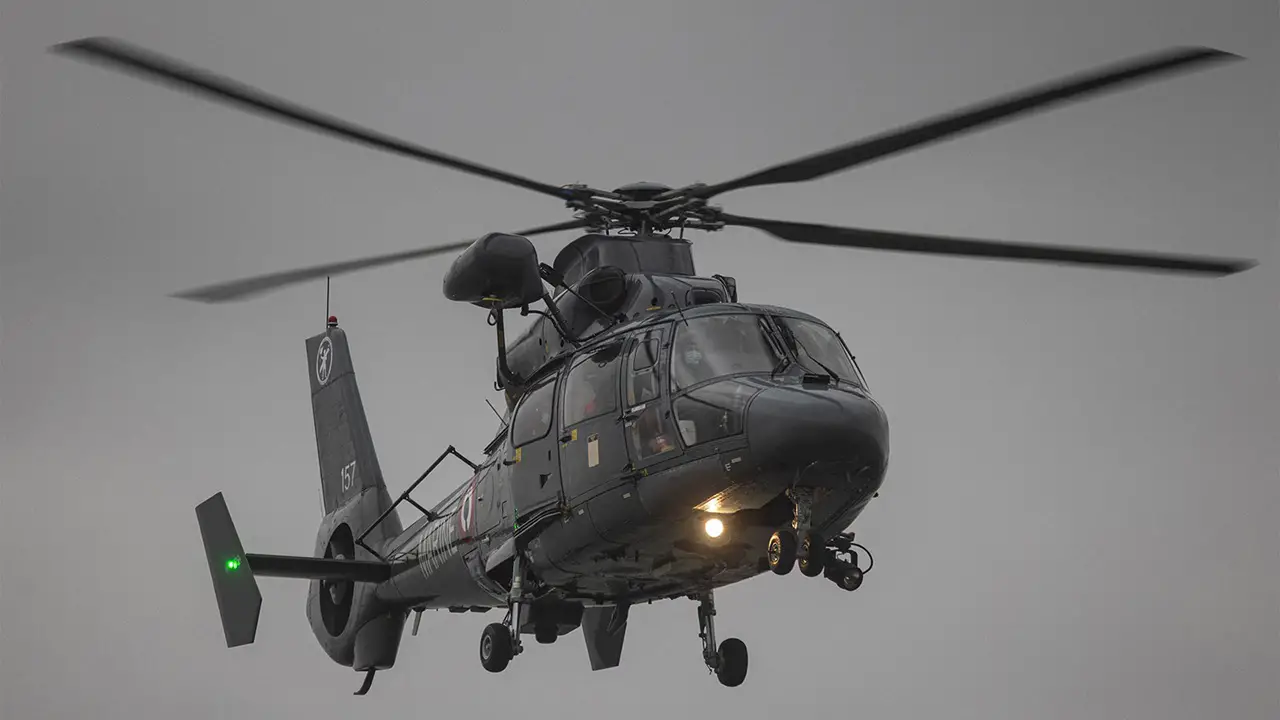
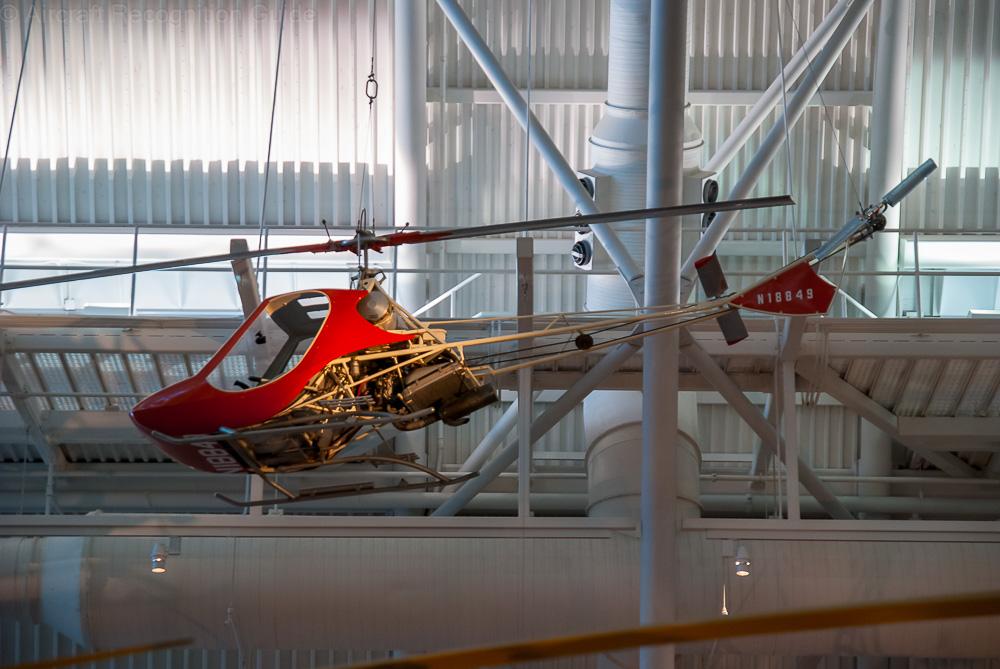


Leave a Reply